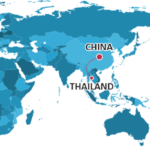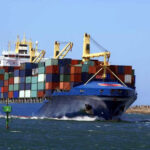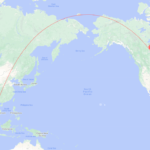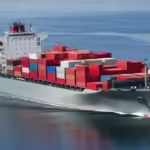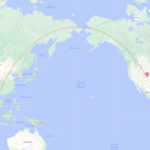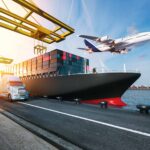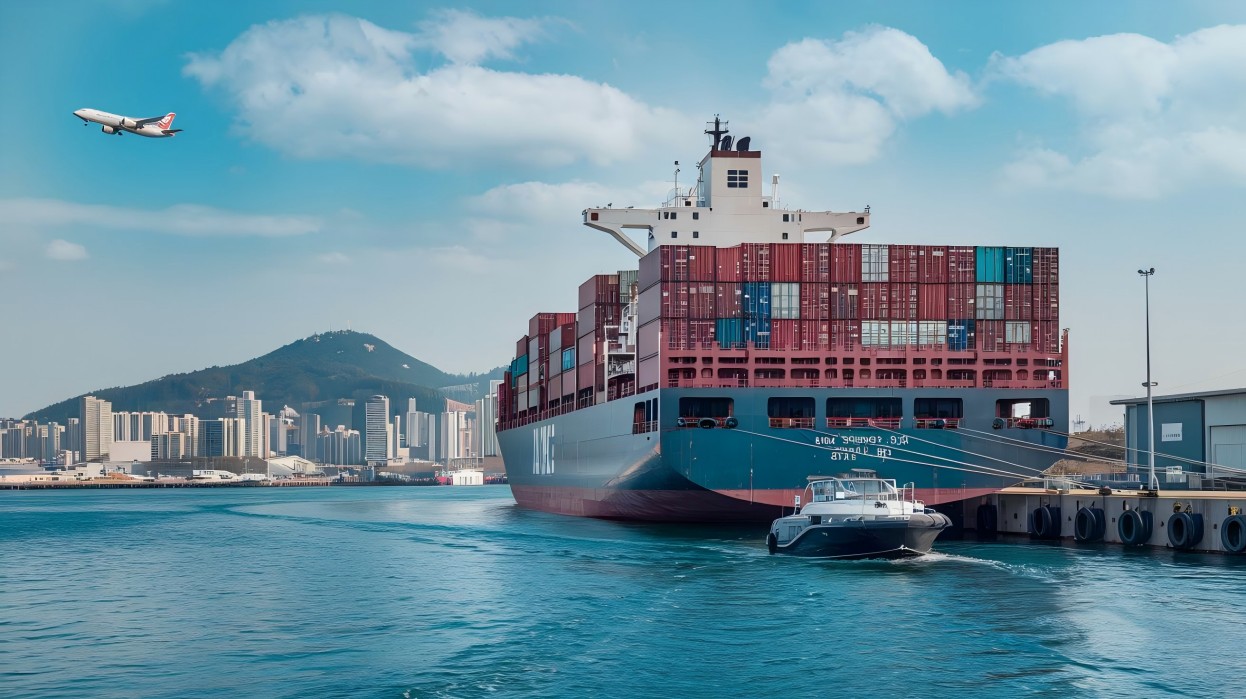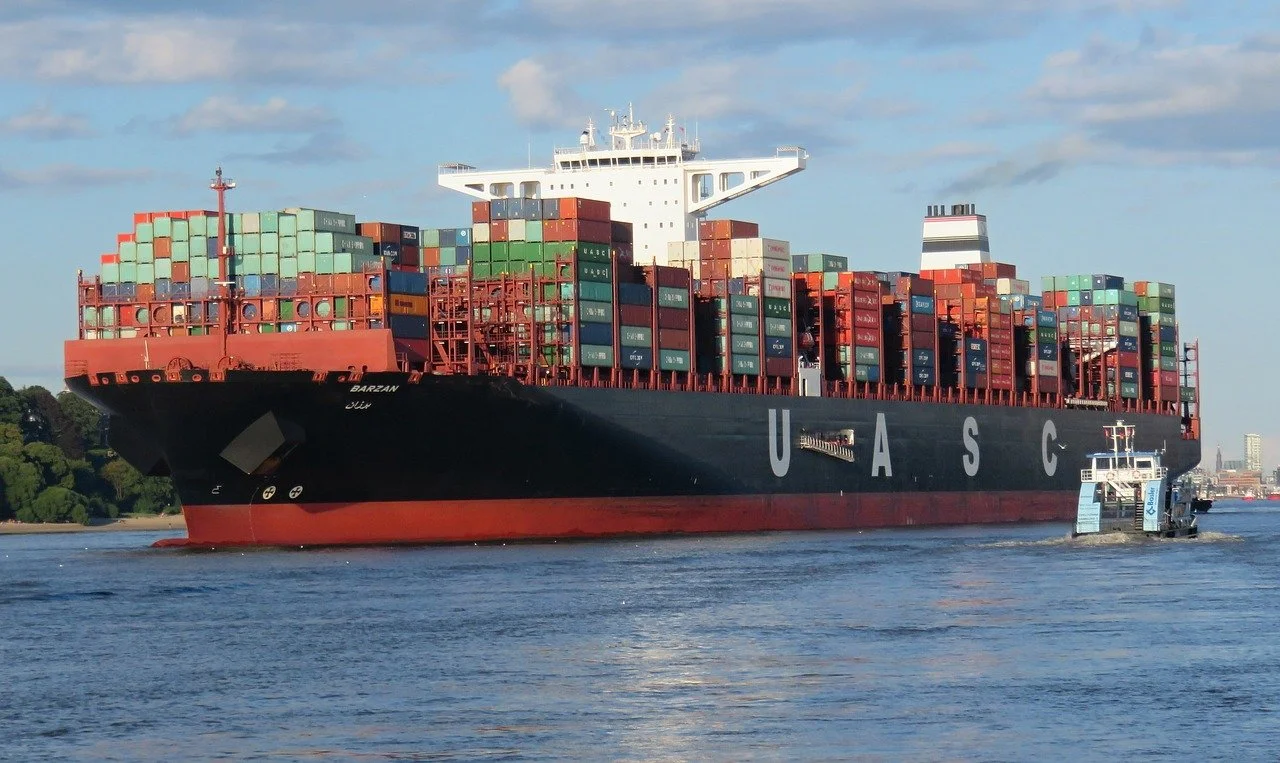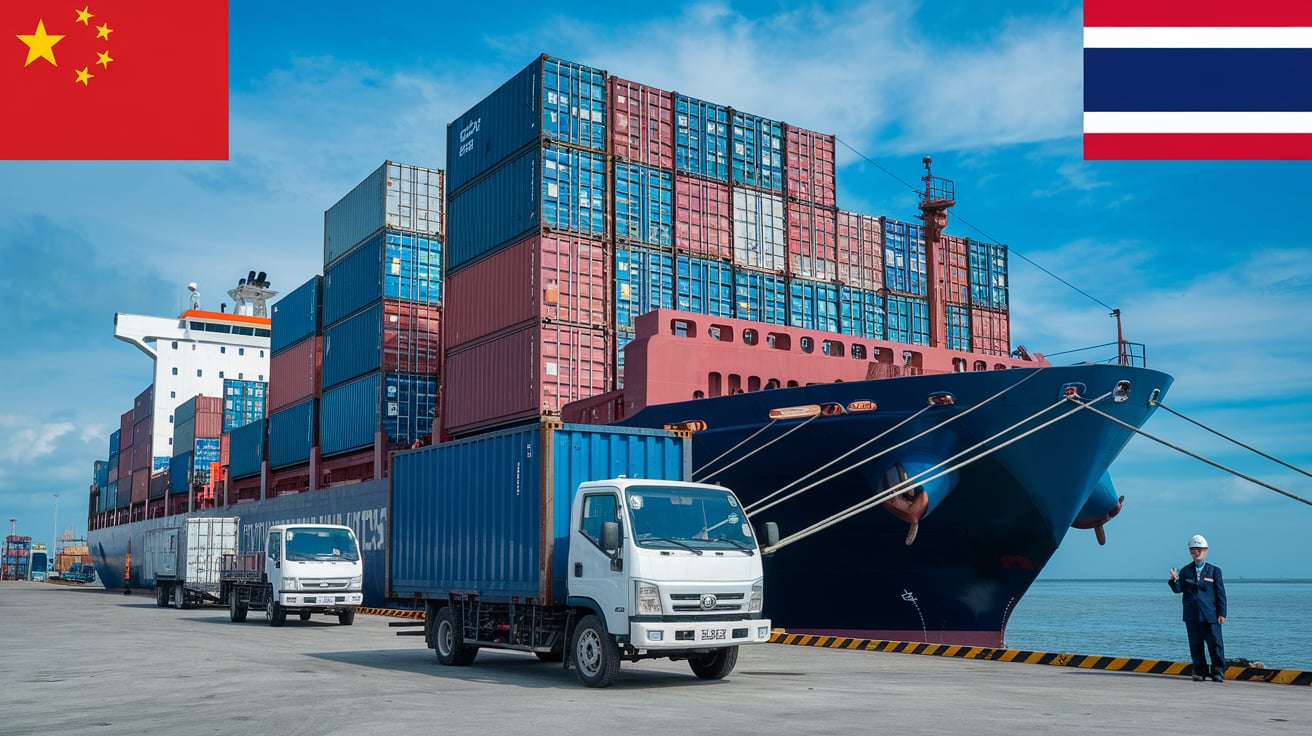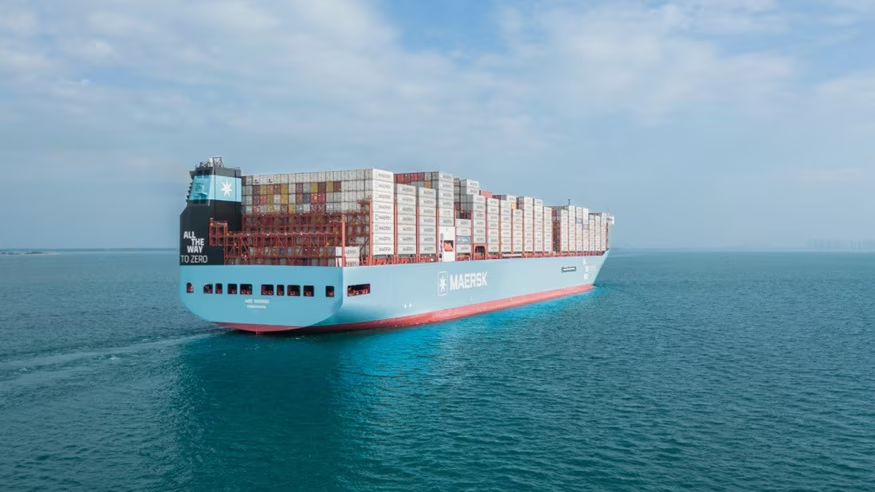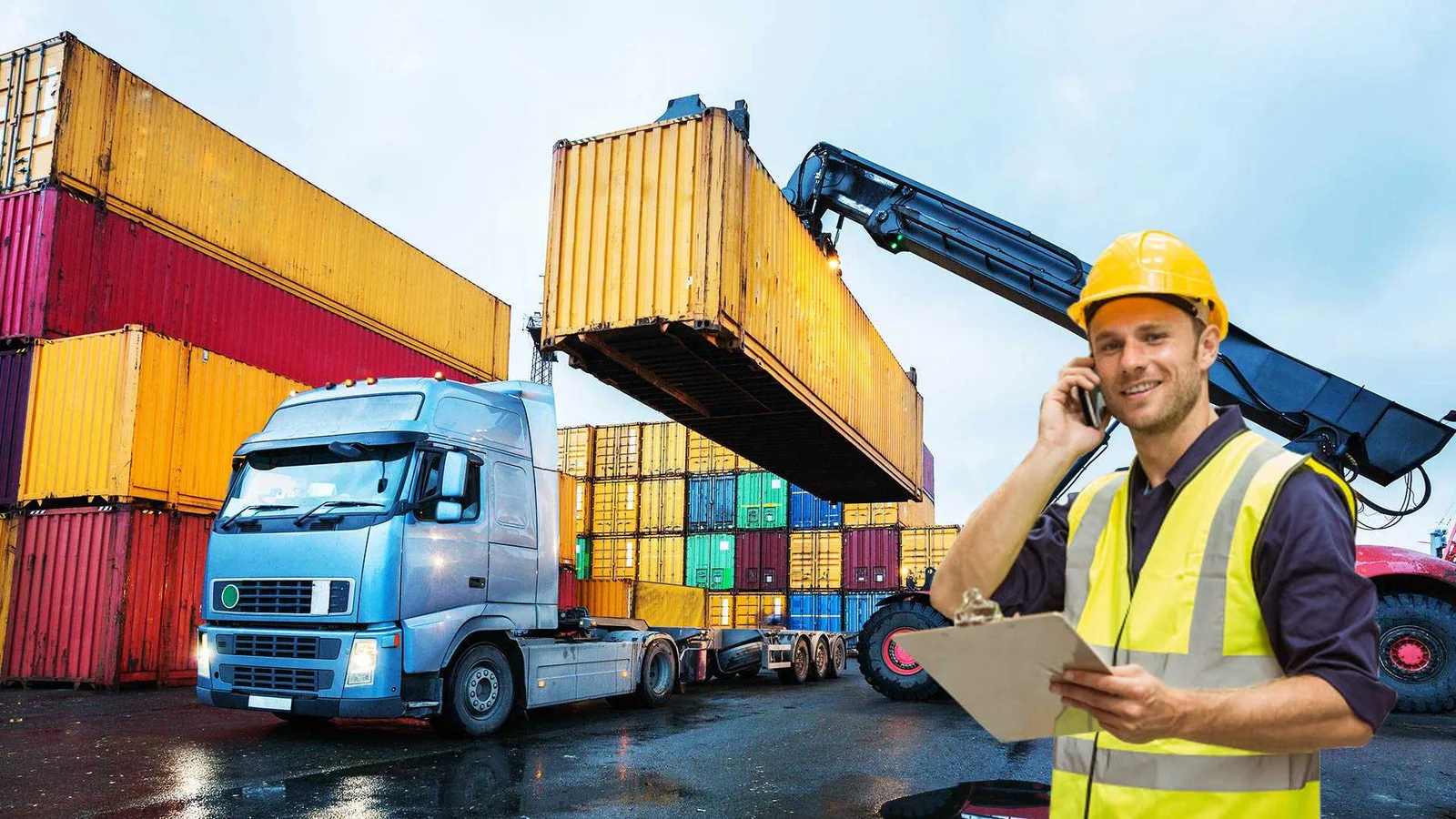In today’s globalized economy, sea freight shipping serves as a critical backbone for international trade, particularly between China and Thailand. This comprehensive guide explores the essential elements of sea freight, outlining its benefits, types of services available, and necessary preparations for a successful shipping experience. From understanding the intricacies of cargo volume calculations to navigating essential documentation, this resource will equip you with the knowledge to make informed decisions and streamline your import operations. Whether you’re a seasoned importer or new to international logistics, understanding the dynamics of sea freight can enhance your business’s efficiency and profitability.
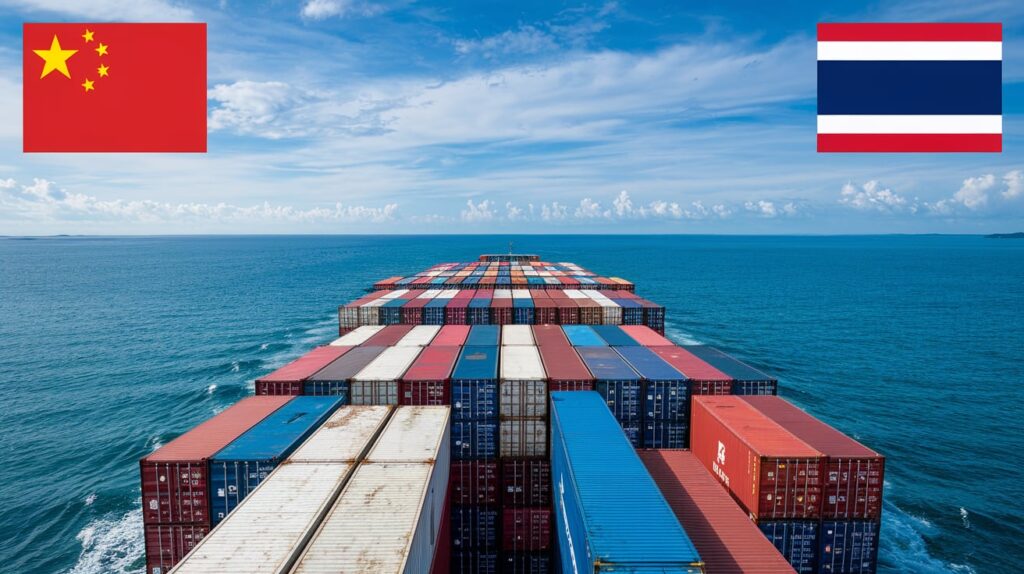
Understanding Sea Freight Shipping From China to Thailand
Sea freight shipping refers to the process of transporting goods via maritime vessels over international waters. It involves the use of container ships, bulk carriers, and other types of vessels to carry cargo from one port to another. This mode of shipping is essential for global trade and is particularly popular for large shipments due to its cost-effectiveness and capacity.
Key characteristics of sea freight include:
- Cost-Effectiveness: Compared to air freight, sea freight is generally less expensive, especially for larger shipments.
- Capacity: Ships can carry a vast amount of goods, making it suitable for bulk shipments.
- Versatility: Ideal for a wide range of products, including machinery, textiles, and electronics.
Benefits of Sea Freight From China to Thailand
The choice to engage in sea freight from China to Thailand comes with numerous benefits that cater to various shipping needs. Key advantages include:
| Benefit | Description |
|---|---|
| Lower Shipping Costs | Sea freight is substantially cheaper for large volumes compared to air transport. |
| Environmentally Friendly | Ships are generally more fuel-efficient per ton of cargo transported, reducing carbon footprints. |
| High Capacity | One vessel can carry thousands of tons of goods, making it optimal for bulk shipments. |
| Safety and Security | Containerization helps protect cargo from theft, damage, and weather. |
| Flexibility in Cargo Types | Suitable for various goods, including hazardous materials, perishables, and oversized items. |
Types of Sea Freight Services
Understanding the different types of sea freight services is critical in selecting the right option for your shipments. The main types include:
-
Full Container Load (FCL): This service allows shippers to use an entire container for their goods, making it ideal for large shipments that fill a container completely. It offers enhanced security and typically faster transit times.
-
Less Than Container Load (LCL): LCL is designed for smaller shipments that do not fill an entire container. Multiple shippers share container space, which can save costs for smaller businesses.
-
Breakbulk Shipping: This method involves transporting cargo that is too large to fit into standard containers. Breakbulk shipping is essential for oversized equipment and machinery.
-
Roll-on/Roll-off (RoRo): Primarily used for vehicles, RoRo shipping involves driving the cargo directly onto the ship, making loading and unloading efficient.
Preparing for Your Sea Freight Shipment
Preparation is crucial to ensure a smooth sea freight shipping process. Here are the key steps to consider:
Calculating Cargo Volume and Weight
Accurately calculating the cargo volume and weight is vital for determining shipping costs and container selection. Most shipping lines charge based on the greater of the actual weight or the volumetric weight of the cargo.
- Actual Weight: The physical weight of the cargo.
- Volumetric Weight: Calculated using the formula: Length (cm) x Width (cm) x Height (cm) / 6000. This formula accounts for the space taken up by the cargo.
Understanding these measurements helps in negotiating better shipping rates.
Choosing Between FCL (Full Container Load) and LCL (Less Than Container Load)
Selecting between FCL and LCL largely depends on the volume of goods being shipped:
- FCL is optimal for large shipments that can occupy a full container, offering better security and lower costs per unit.
- LCL is more suitable for smaller shipments, allowing you to share shipping costs with other shippers. However, it may involve longer transit times due to additional handling and consolidation processes.
When deciding, consider the following factors:
| Factor | FCL | LCL |
|---|---|---|
| Cost | Lower per unit for large shipments | More expensive per unit for smaller shipments |
| Transit Time | Typically quicker | Can be longer due to consolidation delays |
| Handling | Less handling, more secure | More handling, potential delays |
| Availability | Less dependent on availability | More options for smaller businesses |
Selecting the Right Container Size
Choosing the appropriate container size is essential to maximize efficiency and minimize costs. Common container sizes include:
- 20-foot container: Suitable for small to medium-sized shipments, typically holds about 28 cubic meters of cargo.
- 40-foot container: Ideal for larger shipments, holds approximately 58 cubic meters.
- 40-foot high cube container: Offers additional height for taller cargo, providing extra space for bulky items.
Understanding the dimensions and capacity of containers helps in selecting the right one for your needs, preventing overage fees and optimizing shipping costs.
By considering the critical aspects of sea freight shipping from China to Thailand, you can make informed decisions that enhance your international trade endeavors. For a seamless shipping experience, consider leveraging the services of Dantful International Logistics. They provide a comprehensive range of shipping solutions, including door-to-door shipping services, customs clearance, and insurance services tailored to meet the needs of global traders.
You may be interested in the following related articles:
- Shipping From China To Vietnam
- Shipping From China To Thailand
- Shipping From China To South Korea
- Shipping From China To Philipines
- Shipping From China To Pakistan
- Shipping From China To Japan
- Shipping From China To Indonesia
- Shipping From China To Singapore
- Shipping From China To Malaysia
Essential Documents for Sea Freight From China to Thailand
When engaging in sea freight shipping from China to Thailand, several essential documents must be prepared to ensure smooth transit and compliance with legal requirements. Each document serves a specific purpose in the shipping process and can significantly affect the efficiency of cargo handling.
Commercial Invoice
The commercial invoice is a critical document that outlines the details of the transaction between the buyer and seller. It includes essential information such as:
- Seller and buyer contact details
- Description of goods
- Quantity and price of each item
- Payment terms
- Shipping instructions
This document is required for customs clearance and serves as proof of the transaction.
Packing List
The packing list provides a detailed account of the contents of the shipment. It includes information such as:
- Item descriptions
- Quantities
- Weight and dimensions
- Packaging type
The packing list is crucial for customs officials and logistics companies to verify the shipment’s contents and ensure everything is accurately documented.
Bill of Lading
The bill of lading is a legal document issued by the carrier that serves as a contract for the transportation of goods. It contains vital information, including:
- Names of the shipper and consignee
- Description of the goods
- Shipping route
- Terms and conditions of carriage
This document acts as a receipt for the cargo and is required for the release of goods at the destination port.
Certificate of Origin
The certificate of origin certifies the country in which the goods were manufactured. It is often required by customs authorities in Thailand to determine eligibility for preferential tariffs under trade agreements. The document typically includes:
- Exporter and producer information
- Description of the products
- Country of origin
This certification is vital for ensuring that goods comply with import regulations and can influence duty rates.
Customs Declaration Forms
Completing customs declaration forms is a mandatory step for both export and import processes. These forms provide customs authorities with necessary information about the shipment, including:
- Details of the shipment
- Value of the goods
- Tariff classification
- Any other pertinent information for customs clearance
It is essential to accurately fill out these forms to avoid delays, fines, or seizure of goods.
The Sea Freight Shipping Process Step-by-Step
Understanding the sea freight shipping process is critical for a successful import operation. Below is a detailed breakdown of each step involved in shipping goods from China to Thailand.
1. Obtaining a Freight Quote and Booking
The first step involves obtaining a freight quote from your chosen freight forwarder. This process includes:
- Providing shipment details to the freight forwarder: Share specifics such as cargo type, weight, dimensions, and shipping method.
- Agreeing on shipping terms and rates: Discuss payment terms, delivery schedules, and any additional services, such as insurance services.
- Confirming the booking: Finalize the agreement and receive a booking confirmation.
2. Cargo Pick-Up and Delivery to the Port
Once the booking is confirmed, the next step is to arrange for the cargo pick-up from the supplier. This involves:
- Arranging for cargo pick-up from the supplier: Coordinate with the supplier to prepare goods for transport.
- Transporting the goods to the port of departure in China: Ensure the cargo is delivered to the designated port on time for loading.
3. Export Customs Clearance in China
Before the cargo can be loaded onto the vessel, it must undergo export customs clearance. This step includes:
- Submitting required documents: Provide necessary documentation, including the commercial invoice, packing list, and bill of lading.
- Paying export duties and taxes: Settle any associated fees and ensure compliance with export regulations.
4. Loading and Ocean Transportation
Once customs clearance is complete, the cargo is ready for loading onto the vessel. This process involves:
- Loading the cargo onto the vessel: Ensure that loading procedures are followed to prevent damage and facilitate safe transport.
- Transit time from China to Thailand: The duration of this journey can vary, generally ranging from 7 to 14 days depending on the shipping route and conditions.
5. Import Customs Clearance in Thailand
Upon arrival in Thailand, the cargo must clear import customs before it can be delivered. This process entails:
- Submitting import documents: Present the required paperwork, including customs declaration forms and the certificate of origin.
- Paying import duties and taxes: Settle any customs duties and taxes owed based on the shipment’s value.
6. Cargo Unloading and Delivery to the Final Destination
Once customs clearance is finalized, the cargo can be unloaded. This includes:
- Unloading the cargo at the port of arrival in Thailand: Careful handling is essential during unloading to prevent damage.
- Arranging for final delivery to your warehouse or facility: Coordinate transportation from the port to the final destination, ensuring timely delivery.
Challenges of Sea Freight
While sea freight offers many advantages, it also presents certain challenges that importers must navigate.
Longer Transit Times: Planning for Delays
One of the primary challenges of sea freight is longer transit times compared to air freight. Shipping schedules can be affected by various factors, including:
- Weather conditions
- Port congestion
- Vessel delays
To mitigate the impact of delays, it is crucial to plan shipments well in advance and maintain flexibility in delivery schedules.
Weather-Related Risks: Ensuring Cargo Safety
Weather conditions can pose significant risks to sea freight shipments, including storms and rough seas. Implementing safety measures, such as selecting a reputable freight forwarder with a solid track record in managing logistics during adverse weather, can mitigate these risks. Additionally, securing insurance services can protect against potential losses.
Tips for a Smooth Sea Freight Experience
Navigating the complexities of sea freight can be challenging, but following these tips can lead to a smoother shipping experience.
Choosing a Reliable Freight Forwarder
Selecting a reputable freight forwarder is crucial for ensuring a seamless shipping process. Look for one with experience in the China-Thailand route and positive customer reviews. Dantful International Logistics offers extensive expertise in the field, providing a comprehensive range of services tailored to meet your shipping needs.
Packing and Labeling Your Cargo Properly
Proper packing and labeling are essential to prevent damage during transit and ensure compliance with customs regulations. Use high-quality packing materials, and clearly label all packages with relevant information, including handling instructions.
Tracking Your Shipment During Transit
Utilizing tracking services offered by your freight forwarder can provide real-time updates on your shipment’s status, allowing for proactive management of potential issues.
Preparing for Potential Delays or Unexpected Events
Even with careful planning, unexpected events can occur. Have contingency plans in place, such as alternative delivery options, to minimize disruptions to your supply chain.
By understanding the necessary documentation, the shipping process, and potential challenges when using sea freight from China to Thailand, importers can ensure a successful and efficient shipping experience. For personalized support and expert guidance, consider partnering with Dantful International Logistics, your trusted provider for international logistics services.
Dantful International Logistics Services:
- Dantful Ocean Freight Services
- Air Freight From China
- Amazon FBA Freight Forwarding
- WAREHOUSE Services
- One-Stop Customs Clearance Solution
- Cargo Insurance Services in China
- DDP Shipping Services By Dantful Logistics
- Out of Gauge Cargo Transportation Shipping Services

Young Chiu is a seasoned logistics expert with over 15 years of experience in international freight forwarding and supply chain management. As CEO of Dantful International Logistics, Young is dedicated to providing valuable insights and practical advice to businesses navigating the complexities of global shipping.

